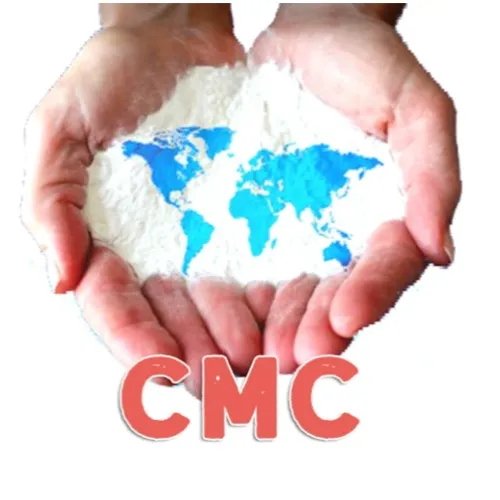 Email: sale@hebeidisha.com
Email: sale@hebeidisha.com
 Tel: +86 13315186550
Tel: +86 13315186550
- Afrikaans
- Albanian
- Amharic
- Arabic
- Armenian
- Azerbaijani
- Basque
- Belarusian
- Bengali
- Bosnian
- Bulgarian
- Catalan
- Cebuano
- China
- China (Taiwan)
- Corsican
- Croatian
- Czech
- Danish
- Dutch
- English
- Esperanto
- Estonian
- Finnish
- French
- Frisian
- Galician
- Georgian
- German
- Greek
- Gujarati
- Haitian Creole
- hausa
- hawaiian
- Hebrew
- Hindi
- Miao
- Hungarian
- Icelandic
- igbo
- Indonesian
- irish
- Italian
- Japanese
- Javanese
- Kannada
- kazakh
- Khmer
- Rwandese
- Korean
- Kurdish
- Kyrgyz
- Lao
- Latin
- Latvian
- Lithuanian
- Luxembourgish
- Macedonian
- Malgashi
- Malay
- Malayalam
- Maltese
- Maori
- Marathi
- Mongolian
- Myanmar
- Nepali
- Norwegian
- Norwegian
- Occitan
- Pashto
- Persian
- Polish
- Portuguese
- Punjabi
- Romanian
- Russian
- Samoan
- Scottish Gaelic
- Serbian
- Sesotho
- Shona
- Sindhi
- Sinhala
- Slovak
- Slovenian
- Somali
- Spanish
- Sundanese
- Swahili
- Swedish
- Tagalog
- Tajik
- Tamil
- Tatar
- Telugu
- Thai
- Turkish
- Turkmen
- Ukrainian
- Urdu
- Uighur
- Uzbek
- Vietnamese
- Welsh
- Bantu
- Yiddish
- Yoruba
- Zulu
jul . 27, 2024 13:01 Back to list
Exploring the Innovative Uses and Safety Considerations of Diethanolamine in Various Products
The Versatility and Applications of Products Containing Diethanolamine
Diethanolamine (DEA), a colorless, viscous liquid with a mild ammonia-like odor, is an amine widely used in the formulation of various consumer and industrial products. With the molecular formula C4H11NO2, it is classified as both a surfactant and a solvent, imparting unique properties to the products that incorporate it. This article explores the versatility of products containing diethanolamine, from household goods to industrial applications, and examines the implications for safety and regulation.
The Versatility and Applications of Products Containing Diethanolamine
In the realm of household cleaning products, diethanolamine serves as a surfactant in detergents and surface cleaners. Its properties allow for better penetration and removal of dirt and grease, making everyday cleaning tasks more effective. Products such as all-purpose cleaners and dishwashing liquids may rely on DEA to enhance foaming and cleaning power. This efficiency is a significant contributing factor to the global popularity of these products.
products with diethanolamine

Beyond household and personal care applications, diethanolamine finds utility in various industrial settings. It is employed in the manufacture of rubber products, where it acts as a curing agent for the production of durable, flexible materials. Additionally, DEA is used in the formulation of paints and coatings, where it helps to improve pigment dispersion and overall stability. Its presence in industrial lubricants also enhances their performance, making them less likely to degrade under heat and pressure.
However, while diethanolamine offers numerous benefits, it is crucial to consider safety and regulatory aspects associated with its use. There have been concerns regarding the potential for DEA to form nitrosamines, compounds that may exhibit carcinogenic properties when DEA reacts with certain nitrosating agents. This has prompted regulatory agencies, including the Environmental Protection Agency (EPA) and the European Chemicals Agency (ECHA), to evaluate products containing DEA more stringently. As a result, many manufacturers are reformulating their products to either reduce or eliminate diethanolamine, opting for safer alternatives to mitigate health risks.
In response to safety concerns, consumers are becoming increasingly aware of the ingredients in their products. This shift is driving the demand for transparency and the development of greener, more sustainable formulations. As such, many companies are investing in research and development to find alternatives that can match the performance of diethanolamine while minimizing any potential hazards.
In conclusion, diethanolamine is a valuable ingredient in numerous products, ranging from personal care items to industrial applications. While it contributes significantly to the effectiveness and quality of these products, the potential health risks associated with its use cannot be overlooked. As the industry evolves, a balance must be struck between leveraging the benefits of diethanolamine and ensuring consumer safety. The future of product formulation will likely see a continued trend toward safer, more sustainable alternatives, shaping the landscape of consumer and industrial goods for years to come.
Latest news
-
Certifications for Vegetarian and Xanthan Gum Vegetarian
NewsJun.17,2025
-
Sustainability Trends Reshaping the SLES N70 Market
NewsJun.17,2025
-
Propylene Glycol Use in Vaccines: Balancing Function and Perception
NewsJun.17,2025
-
Petroleum Jelly in Skincare: Balancing Benefits and Backlash
NewsJun.17,2025
-
Energy Price Volatility and Ripple Effect on Caprolactam Markets
NewsJun.17,2025
-
Spectroscopic Techniques for Adipic Acid Molecular Weight
NewsJun.17,2025